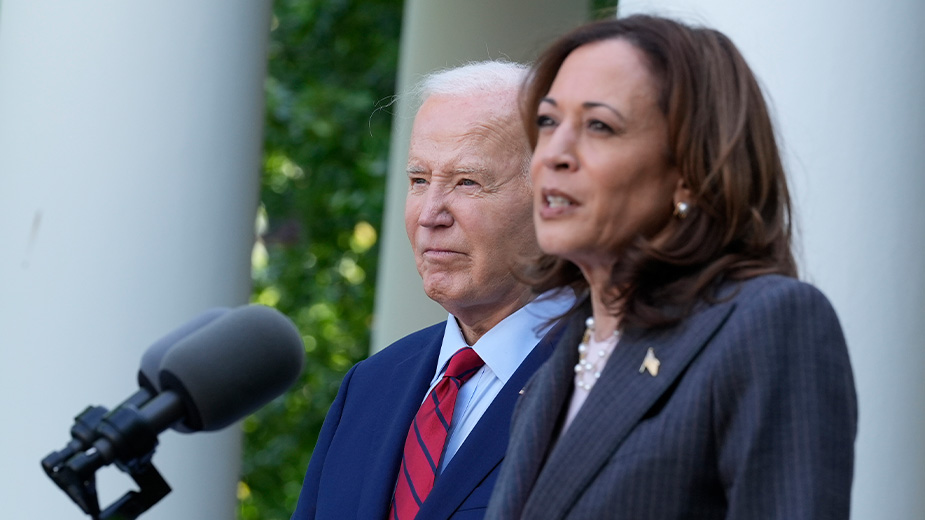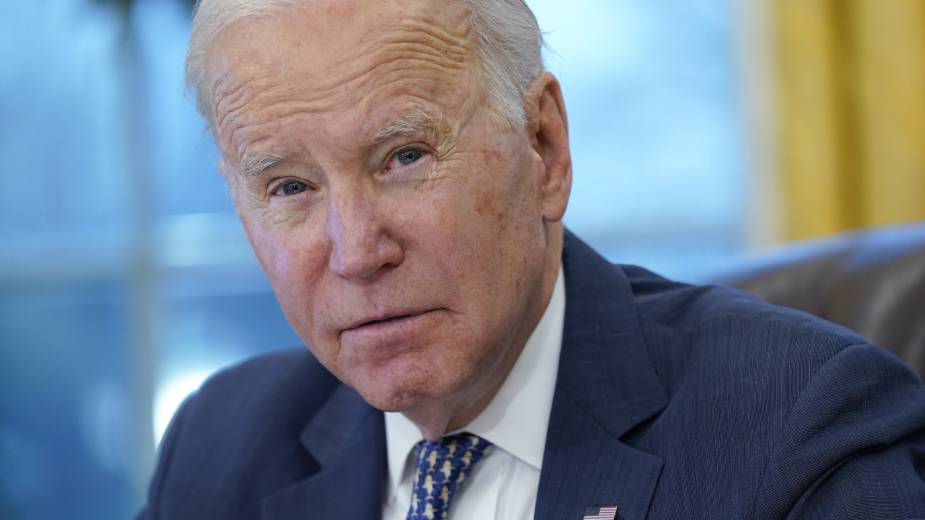Snow Removal Legislation Targets Property Owners
YOUNGSTOWN, Ohio — The city will bill downtown property owners $150 each time it has to clear snow and ice from their property, under legislation proposed by Mayor John McNally.
The property owners will have until 7 a.m. on the day subsequent to any snowfall to clear ice and snow from downtown sidewalks, according to the legislation, which will be discussed at this evening’s meeting of City Council’s Safety Committee.
“There have been quite a few businesses that have failed to clear their sidewalks these past several weeks when we’ve had bad weather and it’s obviously a safety hazard,” says Nicole Billec, the assistant city law director who drafted the legislation. “It prohibits you from getting where you need to go in some instances. For health and safety reasons we want to make sure all the sidewalks are kept clear.”
The proposed amendment City Ordinance Section 521.06, Duty to Keep Sidewalks Clean, states, “No person owning or occupying any lot or premises abounding on or abutting on or adjacent to” any city sidewalk shall permit the portion of that sidewalk that is “situated in front of or abuts on his lot or premises to become or remain encumbered with dirt, filth, rubbish, ashes, snow or any other substance or encumbrance.”
It is the owner’s duty, “immediately after the fall of any show,” to remove it from the sidewalks and to keep the same “free and clear from snow and other substances and open to the convenient use” of city residents.
The proposal specifies that a minimum 42-inch path be cleared or, if the sidewalk is less than 42 inches in width, the full width. “Additionally, the full length of all sidewalks shall be cleared, including from corners and burb ramps,” the legislation states. If show and ice aren’t removed from the walks by 7 a.m., the city may remove them at a cost of $150 per occurrence, which will be added to the property owner’s water bill the next billing period.
The draft legislation also includes language defining the geographic boundaries of the downtown area as well as the definition of a sidewalk.
The legislation on the books now requires city residents to keep their sidewalks clear of any dirt, debris or snowfall but the new proposal is “more focused,” Billec says. “We’re focusing on the central business district because there’s more pedestrian traffic so there’s increased need there especially,” she remarks.
Representatives of downtown entities are generally supportive of the intent of the legislation, although some expressed reservations.
Richard Mills, president of Ohio One Corp., which owns several downtown buildings, was unreserved in his enthusiasm for the proposal. “I’m all for it. If that’s what it takes to have people take care and have pride in their property and maintain their property, it’s a shame. But I’m all for it,” he says.
Suzanne Barbati, executive director of the Oh Wow! The Roger & Gloria Jones Children’s Center for Science & Technology, described the proposal as “a great first step.”
In a Business Journal story earlier this year, Barbati complained about the snow-and-ice-covered condition of city sidewalks. Oh Wow! draws visitors to downtown from throughout the region on a regular basis that sometimes have to park blocks away and walk on sometimes hazardous sidewalks following snowfall.
“Additional steps will still be needed to get the word out,” and there is some confusion as to who is responsible for certain areas, Barbati says. “It’s an appropriate thing to do. The safety of our citizens and our visitors is paramount.”
The Youngstown Business Incubator brings visitors from around the country and, on occasion, from around the world to its campus downtown, and “treacherous, ice-covered sidewalks aren’t what you want to present to these high-level guests,” remarks Jim Cossler, YBI’s CEO. Property owners have a duty to keep sidewalks clear not only of ice and show but of litter and cigarette butts as well, he continues.
“That said, not having seen the ordinance, I think that a formal written warning is appropriate before a fine is levied,” he adds.
“Property owners are most certainly responsible for their sidewalk areas. So, this legislation may be one method in which to address the issue. However, there are certain areas of downtown in which it isn’t clear who is responsible for maintenance,” says Phil Kidd, associate director of Youngstown CityScape. “And there are others that are publicly owned or leased (such as parking lots and their adjoining sidewalks) that are often neglected as well.”
Most people would agree there needs to be a plan to address downtown snow removal, and the lack of a coordinated plan is a “big part of the problem,” Kidd says. Before the legislation is passed, a meeting with downtown stakeholders to discuss it as well as other potential solutions would be helpful, he suggests.
“It’s a great opportunity for those stakeholders to work with the city to address a common problem. This has to be a team effort and there’s a variety of approaches we can take,” Kidd says. “Legislation is a tool but a plan is what we need.”
Copyright 2024 The Business Journal, Youngstown, Ohio.



